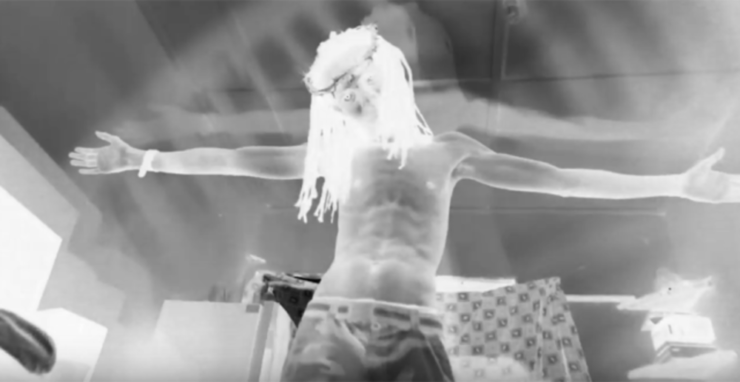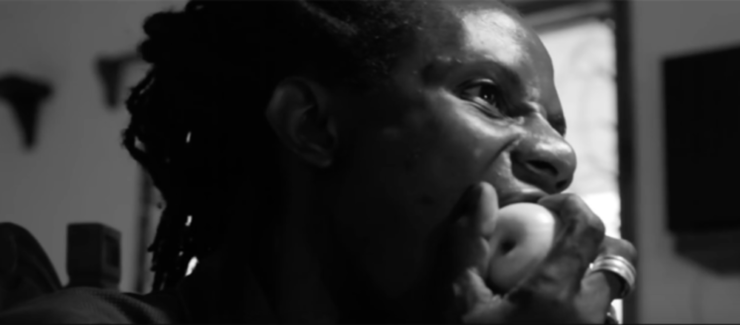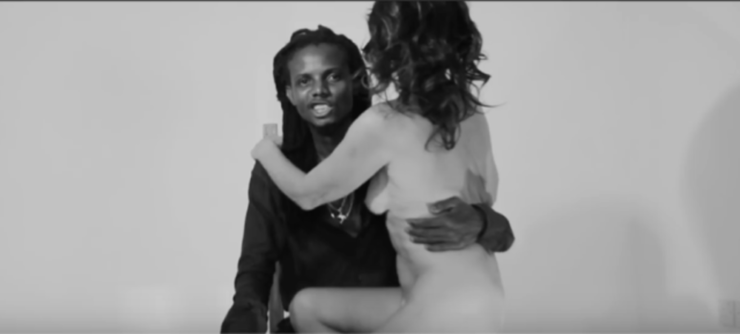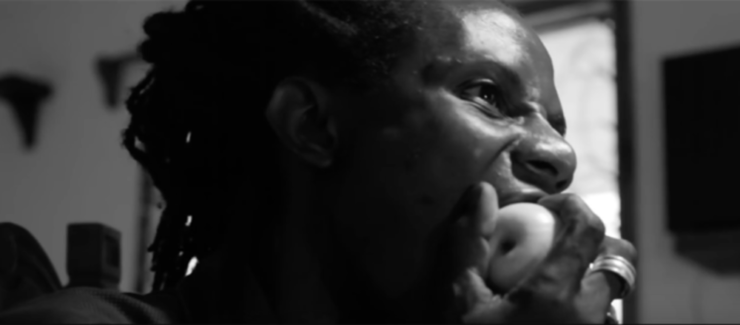In the first week after I arrived in the ethnically and religiously pluriform coastal Kenyan town of Malindi to study modes of religious co-existence in August 2016, I had a conversation with Pastor Martha, who leads a congregation of mainline protestant Christians. After introducing my topic of interest, Pastor Martha explained that her church had recently organized a meeting to impart messages of peace to youth in her congregation, because Kenya ‘has this issue of radicalization and extremism’. Despite her concerns about youth, Pastor Martha also emphasized how contrary to other parts of Kenya, Malindi itself ‘did not have any conflicts’, causing Malindi to be ‘more peaceful’ and ‘very nice’. Yet, given Kenya’s history of political violence and violent attacks by Al-Shabaab in other parts of Kenya’s coast, she felt it was important to continually instruct youth to be peaceful by following Jesus as an example, as Jesus is the ‘Prince of Peace’. During my fieldwork, I noticed that Pastor Martha’s fears for youth ‘radicalization’ resonate with more widely shared moral and spiritual concerns about youth. Many (religious) leaders more often see especially poor and ‘idle’ youth as susceptible to drug abuse, crime, political violence, Al-Shabaab recruitment, sexual indecency, and ‘devil worship’.
Representations of Malindi as exceptionally ‘peaceful’ and Jesus as a peaceful example for youth to follow were complicated when I familiarized myself with the work of Malindi-based hip-hop artists Kiwanja and K-Mode and their music video for the song ‘Hatari’ (danger), which was directed by Marvin Y. Brudas. The lyrics and video for this song not only features scenes from Malindi’s urban environment, which Kiwanja describes as a ‘ghetto’, but also various elements that (religious) leaders see as immoral, such as smoking, the buttocks of dancing women, and a naked white woman being seated on Kiwanja’s lap. Furthermore, the video also features satanic symbols, the devil, and flashing images of Kiwanja depicting Jesus by wearing a crown of thorns and extending his arms in a cross-like position. In the song’s verses, which feature a mix of Swahili and English called Sheng, Kiwanja boasts about his lyrical prowess, as he emphasizes not only the speed (‘fast kama ketchup’) and authenticity of his lines (‘mistari misi copy si paste in’), but also the danger of following him in his artistic endeavours (‘ukinifwata noma ni hatari’), in which he is like a terrorist (‘mi kwa rap mini gaidi’). The presence of moral and spiritual danger is further emphasized in the song’s chorus, which describe a ‘danger zone’ that is invisible and violent like ninjas, and should not be tested (‘usipime’).

During a recent visit to Malindi, I engaged in extensive conversations with Kiwanja about his work. In our conversations, Kiwanja explained that the video depicts all sorts of dangers which normally remain invisible, as they exist ‘behind the curtains’ (nyuma za pazia), and only become tangible once one engages with them. In the video, this theme is visualized as one can see how Kiwanja joins a meeting with a group of white men and women seated on Swahili-styled chairs. These people could be recognized as Italian because of their style of dress, and images of a tattoo that features the crucifixion of Jesus which is accompanied by the Italian text ‘un solo amore senza confine’ (one love without borders). After joining the group, Kiwanja takes a seat at the table and eats an apple that is served to him. As this scene is intertwined with images of a crawling snake, Kiwanja’s consumption of an apple arguably refers to the Fall of Men, where the eating of tempting forbidden fruits allowed humans knowledge over Good and Evil, and also resulted in them being cast away from the Garden of Eden for going against God’s instructions.

When I asked Kiwanja about the Swahili-styled chairs which can be seen in the video and the above-mentioned scene, he reasoned that if one desires a throne to sit on like a king, it is necessary to make sacrifices by involving oneself in hidden dangers, which only become tangible once one engages with them. This understanding of chairs as objects of power, which require a dangerous engagement with an unseen spiritual world resonates with more widely shared fears for Islamic spirits (majini pl., jini sing.), to which Kiwanja also referred in our conversations. Following stories about majini documented by anthropologist Janet McIntosh in the Malindi environment, engagement with majini allows one to become rich, but only at the cost of increasingly large sacrifices. Eventually, majini may demand the sacrifice of family members, who come to be known as the ‘seat’ (kiti) of the jini, because majini take possession of their victims’ bodies in order to consume their blood.

The idea that one’s moral and spiritual integrity may be compromised by efforts to obtain power, success, and wealth is also visualized through images of a naked white woman who sits on Kiwanja’s lap. Since the 1980s, Malindi has experienced an Italian-led tourist boom, from which many youth benefitted economically by providing informal tours, souvenirs, or (sexual) services to European tourists. However, tourism has also been a subject of moral debate, as religious leaders have lamented the increased drug use, alcohol consumption, indecent dress, ‘Western’ immorality, and prostitution among youth it allegedly brings along. Although the threat of Al-Shabaab attacks has largely brought tourism to a halt in recent years, for many youth in Malindi, (sexual) engagement with white tourists continues to be an important, albeit morally tainted avenue to procure livelihoods. However, similar to the ways in which other Malindi-based hip-hop artists proudly self-identify as ‘hustlers’ who ‘bend the rules’ and sell drugs to make a living, Kiwanja looks cool and in control as the naked woman sits on his lap. The images of Kiwanja being dressed and seated while the white woman is naked thus visualize how involving oneself in moral and spiritual danger may not only offer tempting or even necessary ways for youth to sustain themselves, but also a sense of pride as one takes control of unavoidable danger.

In my conversations with Kiwanja, he explained that the recognition that power and wealth are often obtained in immoral ways also informs the decision to depict himself as a dangerous Jesus in his music video. When I asked how invisible dangers can be avoided, Kiwanja answered that this can be done by following the ‘Ten Commandments’ of God. Yet, Kiwanja also argued that doing so is impossible if one wants to succeed in life, as ‘every game is danger’ (kila game ni hatari). As Jesus may punish those who defy him by going against the Ten Commandments, Jesus himself also becomes a dangerous figure who moves in the unseen world, ready to punish those who have acquired power or wealth by going against his commandments.
It is interesting to compare this image of Jesus as a dangerous figure with understandings of Jesus as the ‘Prince of Peace’ who sets a peaceful example for youth to follow. Like Pastor Martha, Kiwanja argues that Jesus demands certain dangers and vices to be avoided in order for youth to live a morally and spiritually secure life. Yet, Kiwanja also acknowledges that within the urban conditions of the ‘ghetto’, it is very difficult, if not impossible to procure livelihoods or success without involving oneself in the moral and spiritual dangers that Jesus commands people to avoid. This not only means that ‘ghetto’ youth are consigned to living a materially and spiritually compromised life, but also that Jesus himself becomes a dangerous figure for those who give in to temptation and are unable to keep the commandments which would spiritually secure them.
Finally, while Pastor Martha stresses how the example of Jesus as a ‘Prince of Peace’ is particularly relevant for youth, Kiwanja’s exploration of spiritual danger suggests that all who possess power and wealth, youthful or not, are possibly morally and spiritually corrupted, because they may have sacrificed those close to them for their own political or material gain. This suspicion of power and wealth implicitly challenges dominant moral and political imaginations, in which poor urban youth are seen as particularly vulnerable to ‘radicalization’ and immorality, and in need of guidance by elderly (religious) leaders. Kiwanja’s suspicion of power and wealth rather expands concerns for moral and spiritual vices to those who possess power and the urban conditions of the ‘ghetto’ more generally, which often leave youth only with morally tainted ways to sustain themselves. Although Kiwanja and K-Mode warn their audience about the spiritual dangers that are visualized in their music video, the proclamation ‘kuja wewe!’ (come, you!) at the end of the video suggests that the desire or necessity to procure wealth and success will likely continue to draw people into a not directly visible ‘danger zone’. In this way, the music video for ‘Hatari’ can be understood to challenge pastor Martha’s perceptions of Malindi as exceptionally ‘peaceful’, because it visualizes how youth experience, deal with, and take control of the various dangers to which they are exposed in the ‘ghetto’.
My gratitude goes out to Kiwanja for providing me with a transcript of the lyrics of his song, and taking the time to discuss his work with me. Any remaining misinterpretations are of course mine.


